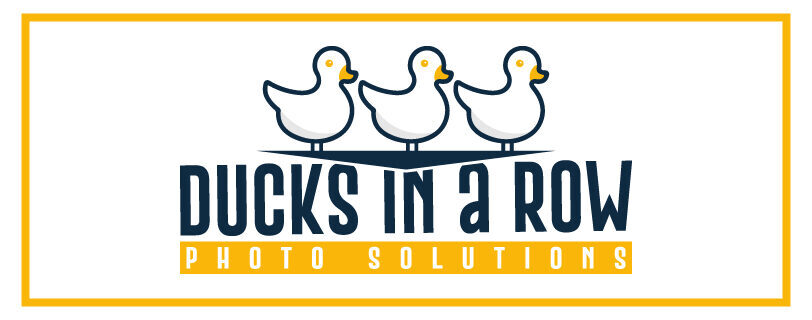When they inherit them, our children will have family photos on both sides that date back well over a hundred years. They will have a wealth of information about their ancestors, too, thanks to several inspired and generous “memory keepers” that have gone to great lengths to preserve the families’ stories.
A remarkable audio recording of their great-great-great grandmother, which she voiced for her 100th birthday was edited with family and stock photos and resides on a DVD. In it, she lists some of the history that occurred in her lifetime (Custer’s Last Stand, women getting the right to vote, train travel, airplanes,…), describes fashion trends and the rise of fall of skirt hems, the cost of certain everyday items and how they would buy eggs at the General Store and carry them home in a bucket of rice, and sugar would be wrapped in brown paper and tied with string. She recites poems she learned in the first grade and speaks of making bread as a 10 year-old. She lived to be 108 years old.
One of my husband’s great-uncles hand-wrote his memoir. His father—my husband’s great grandfather—had spent time in the Pacific Northwest, designing and building railroad trestle bridges in Oregon, Idaho, and Washington. He was so taken with the west that upon his return to Minnesota, convinced the family to move the family farm from Minnesota to Roseburg, Oregon. Travelling by train, it cost $50 to make that move, including their farm animals and belongings. They bought land and built their house and barn, but after four years of not being able to farm successfully in the new terrain, they returned to Minnesota. Because of the detail of these shared memories, we were able to visit the site of the Roseburg family homestead, and we have taken photos of a few of the trestle bridges that still stand, though they are no longer in use.

My own family’s photos include a portrait of my maternal great-grandparents and their 8 children, including my grandmother, who was probably around 20 in the photo and whose youngest siblings were in their early teens, it appears. I have photos of both of my parents as young children, and my father had quite a collection of photos taken during WWII when he served in the navy, that include some ship’s photographers’ photos of the signing of the Peace Treaty in Japan and an 8×10 sepia toned panoramic of Normandy Beach taken a couple of weeks after D-Day, Dad’s ship easily distinguishable amidst the many that filled the waters a short distance from the beach. The beach to which my father shuttled the brave—and doomed—soldiers during the invasion of Normandy and where he remained to help clean up the beach for weeks after, contracting Hepatitis. Another photo shows my Dad as a proud and hopeful 17-year-old newly enlisted naval ensign in bootcamp, unaware of the journey on which he was embarking which would scar him so much that even at the end of his long life, he refused to share much beyond basic facts.

We are so fortunate to have these stories, photographs, recordings, memorabilia, and thoughtfully saved and shared items. There have been many moves over the years, many home storage situations, many hands, and little knowledge about storing these items safely, but somehow, they have made their way to our collections without being destroyed or lost. Unfortunately, many cannot say the same. As climate events increase, natural disasters are occurring at an unprecedented scale, and more memories will continue to be lost. Our digital photos and video recordings will be, for most people, safer from total loss than the analog photos and videos, but the sheer number of images we have on our phones, in the cloud, and on our computers prevent most of us from enjoying them and organizing them in a curated way that tells our stories. Our boxes of loose photos or envelopes of double and triple 4×6 prints with their negatives enclosed sit in closets, or –horrifyingly—basements, garages, and attics. One storm away from floating down the street and one spark away from going up in flames.
Our stories connect us to our ancestors and our descendants. Learning that we share talents, preferences, mannerisms, eye-shape with someone who lived before we were born gives us a sense of belonging. Meaning. Everyone’s storyline is important and deserves to be remembered and shared.
If your photo collection could feasibly be lost forever, start the daunting process of preserving your memories now. Scan the photos that mean the most to you and add these to your digital photos. Back up your digital photos on in 3 locations, on 2 different forms of media storage, with one of them stored in a different location than where you live. Once they are backed up, begin to add metadata such as names, keywords, locations, and stories to your digital images.
Don’t wait any longer. And if you don’t know how or where to start, contact me. I would love to help you begin this meaningful process.

